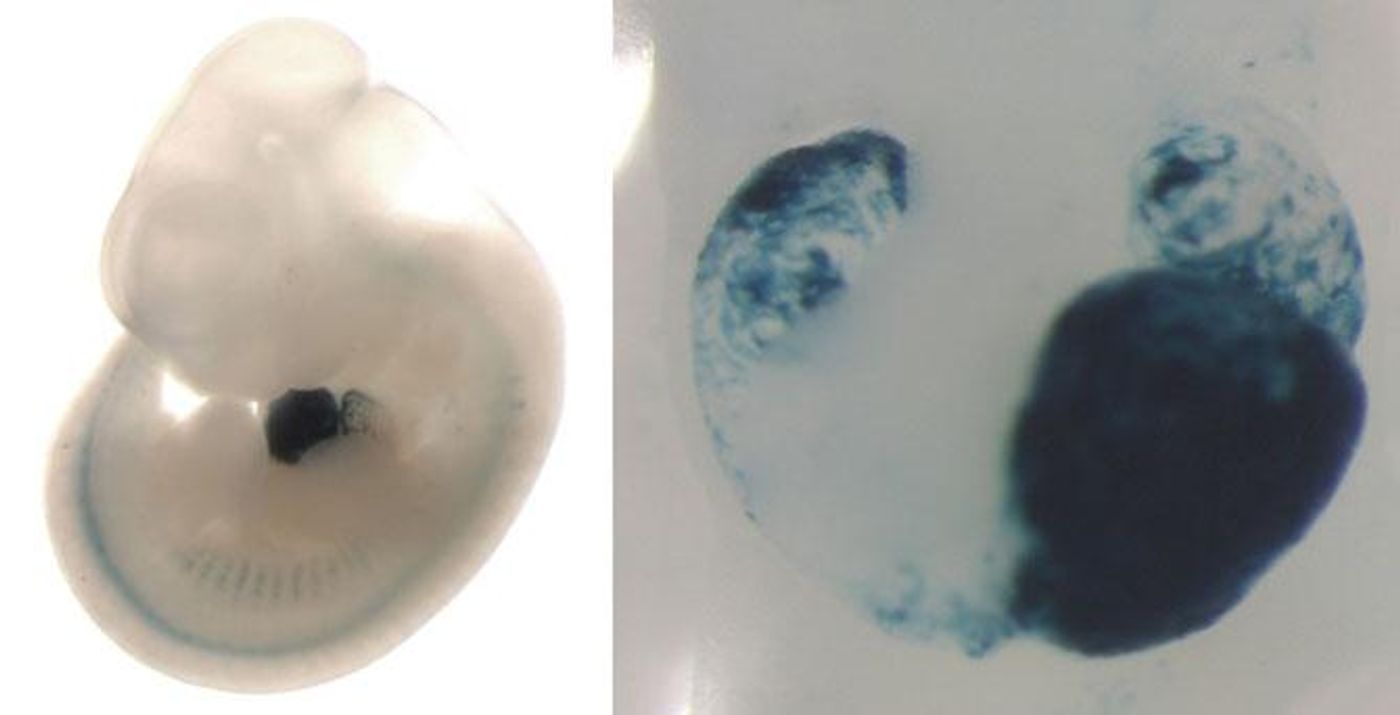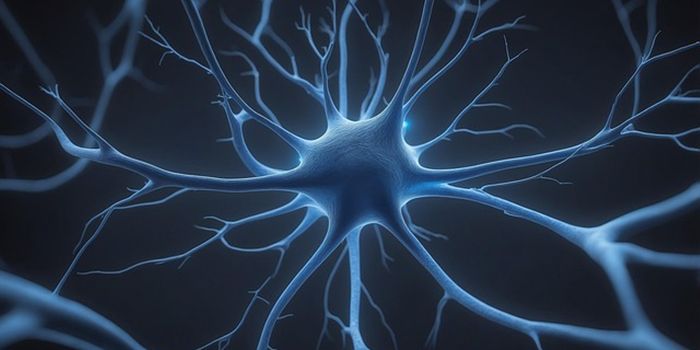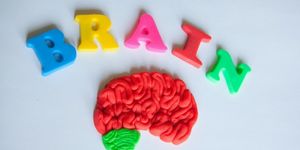A recent study showed that over eighty thousand gene enhancers are associated with human heart development and function. Can the loss of any of these enhancers lead to heart disease? This is what researchers from the Lawrence Berkeley National Laboratory are hoping to find out.
As scientists learned more about the human genome through whole-genome sequencing, they soon realized that just five percent of human DNA is actually responsible for the coding of protein sequences, leaving the meaning of the other 95 percent of DNA open for scientific interpretation.
Previously thought of as “junk DNA,” it soon became clear to geneticists that the 95 percent of non-coding DNA had a truly significant role in the expression of genes. In the present study, published in the journal
Nature Communications, researchers connect the expression of genes through enhancers to genetic causes of heart disease, specifically cardiomyopathy.
"Identifying and interpreting sequence changes affecting non-coding sequences is increasingly a challenge in human genetics, said co-senior author of the recent Department of Energy study, Axel Visel, PhD. “The genome-wide catalog of heart enhancers provided through this study will facilitate the interpretation of human genetic data sets."
First, Visel and the rest of the team completed a comprehensive genome-wide map of more than eighty thousand enhancers that are associated with human heart development and function. Using a technology called chromatin immunoprecipitation sequencing (ChIP-seq) to identify heart enhancers in the genome, they identified two specific enhancers in the genome located near genes associated with human heart disease. Next, they studied these enhancers more closely in mice models.
The researchers compared mice with disabled enhancers with control mice with no mutations, and they saw large changes in gene expression in the disabled mice; the loss of one or the other resulted in symptoms resembling human cardiomyopathy in the mice models. Using echocardiogram images of the mice hearts, they were able to confirm that the mice heart tissue with disabled enhancers had reduced pumping power, consistent with signs of human cardiomyopathy.
Lead author Diane Dickel described the nature of studying non-coding DNA like this: “If we took the battery out of a car, it wouldn't start. That's a critical component. A missing or damaged enhancer could be essential like a battery, or more similar to a missing passenger seat in the car. It's not as nice, but it's still possible to drive the car."
There are many more enhancers to test in similar studies in the future, with any of them having the potential to affect gene expression and the development of heart disease.
Sources:
Scitable by Nature Education,
Department of Energy Lawrence Berkeley National Laboratory









